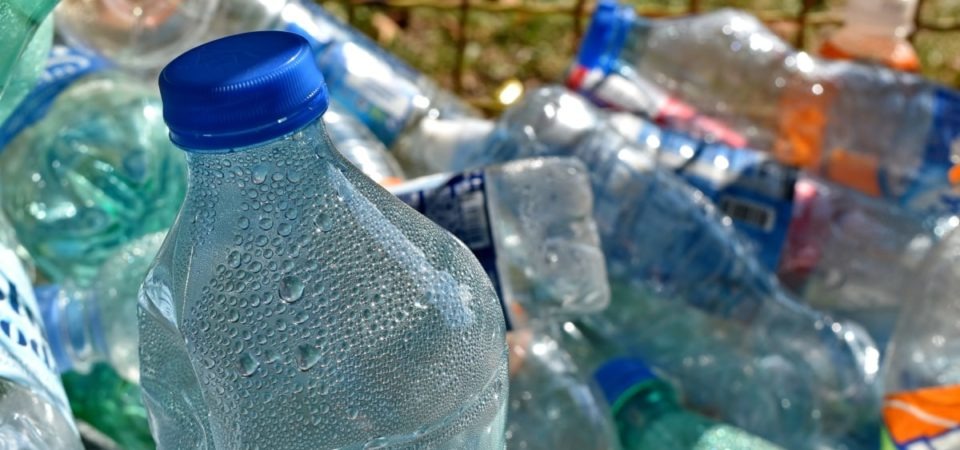Item Link: Access the Resource
Date of Publication: February 9
Year of Publication: 2022
Publication City: Stanford, CA
Publisher: Stanford University
Author(s): Jamie Marie Hansen
In 2021, Stanford pediatrician and arbovirologist Desiree LaBeaud and her colleagues launched the nonprofit organization HERI-Kenya to reduce the spread of mosquito-borne diseases in Kenya by cleaning up the plastic waste where the insect breed.
The Aedes aegypti mosquito is a global havoc-wreaker, responsible for debilitating and deadly illnesses ranging from dengue fever to chikungunya and Zika virus. With a prodigious ability to multiply and a growing range extending from Africa and South America to much of Asia and many parts of the United States, it infects an estimated 400 million people annually.
No vaccines or therapeutics are available for these illnesses, so targeting the insect’s breeding grounds is critical to saving lives.
That’s why, in 2015, one of the first things Desiree LaBeaud did upon joining the Stanford Department of Pediatrics was apply for a Bechtel Faculty Scholar Awards in Pediatric Translational Medicine, which is provided through the Maternal & Child Health Research Institute’s Faculty Scholar program. She wanted to use the funds to teach Kenyan school children and community members about the mosquito breeding grounds around their homes. She had been studying mosquito-borne illness in Kenya for over a decade as a pediatric arbovirologist, a specialist who studies diseases caused by blood-sucking insects such as mosquitoes and ticks. She saw that dengue fever was sickening many Kenyan children due to a lack of awareness about its cause and how to prevent it.
Along with Stanford PhD student Jenna Forsyth and a Kenyan team of researchers from the Technical University of Mombasa, LaBeaud developed a week-long curriculum to teach the fourth- and fifth-grade students about the mosquitoes’ life cycle, disease causation and prevention. On the first day, they showed the children what mosquito larvae looked like and, for homework, encouraged them to be mosquito hunters and search for larvae in their community. The next morning, the children returned with a chorus of, “We found them! We found them!” But to the researchers’ surprise, the children reported that the larvae had been lurking mostly in piles of discarded plastic bottles, bags, buckets and tires outside their homes which harbored stagnant water – and not in large water containers as expected.
Read the full article here.
The views and opinions expressed through the MAHB Website are those of the contributing authors and do not necessarily reflect an official position of the MAHB. The MAHB aims to share a range of perspectives and welcomes the discussions that they prompt.
